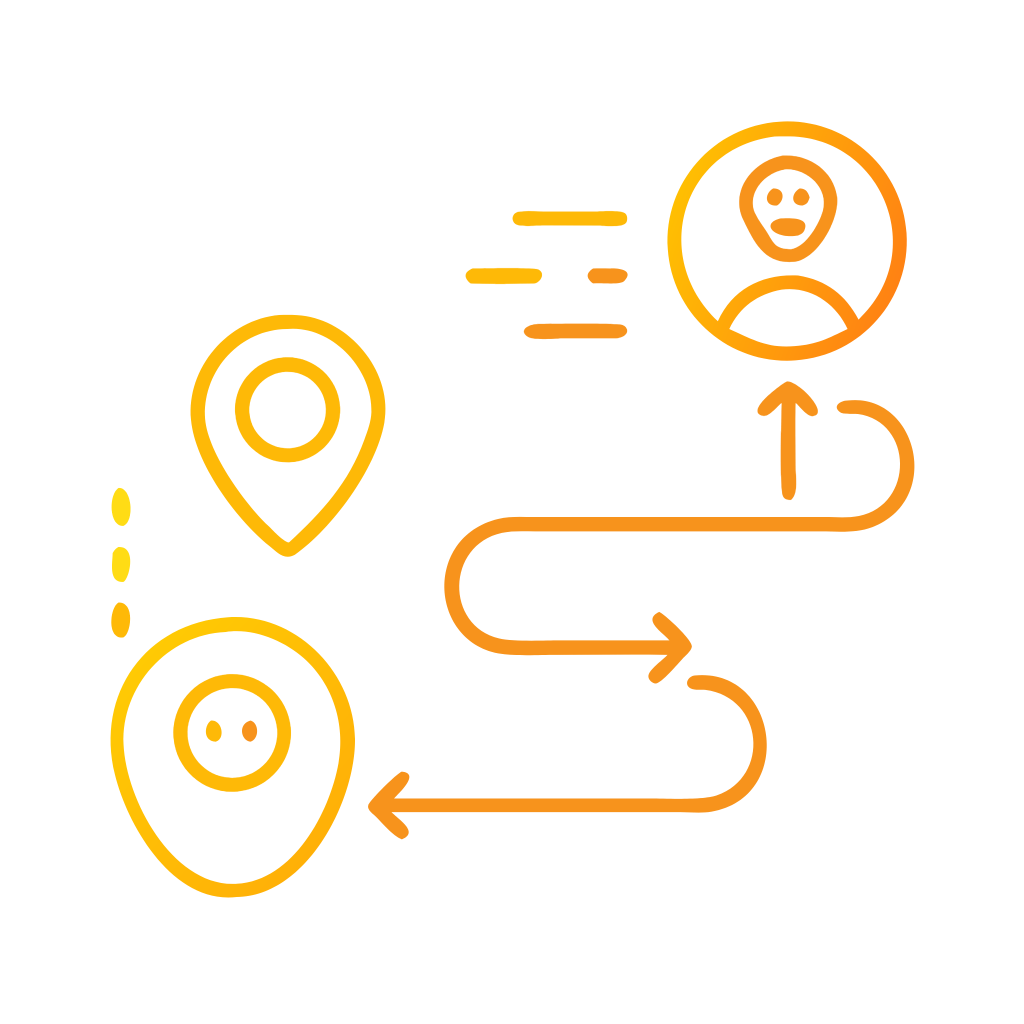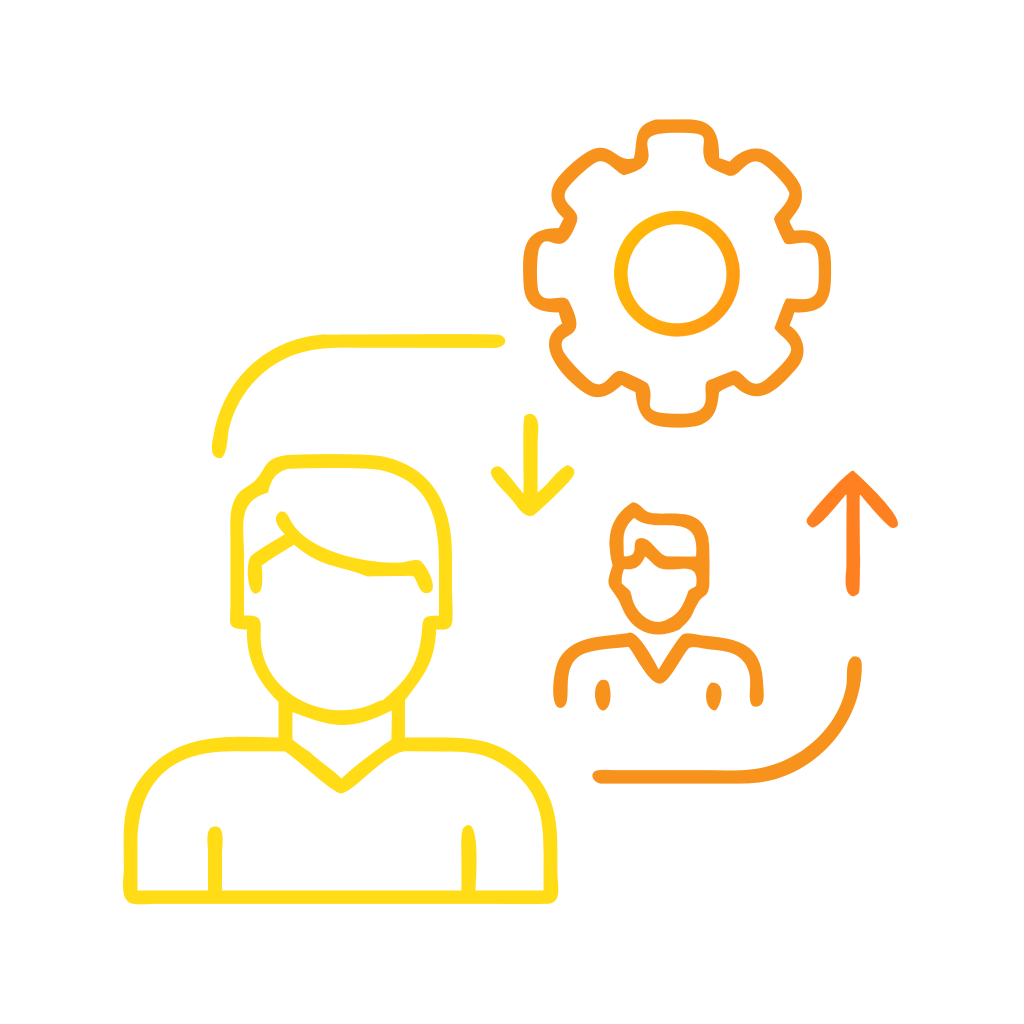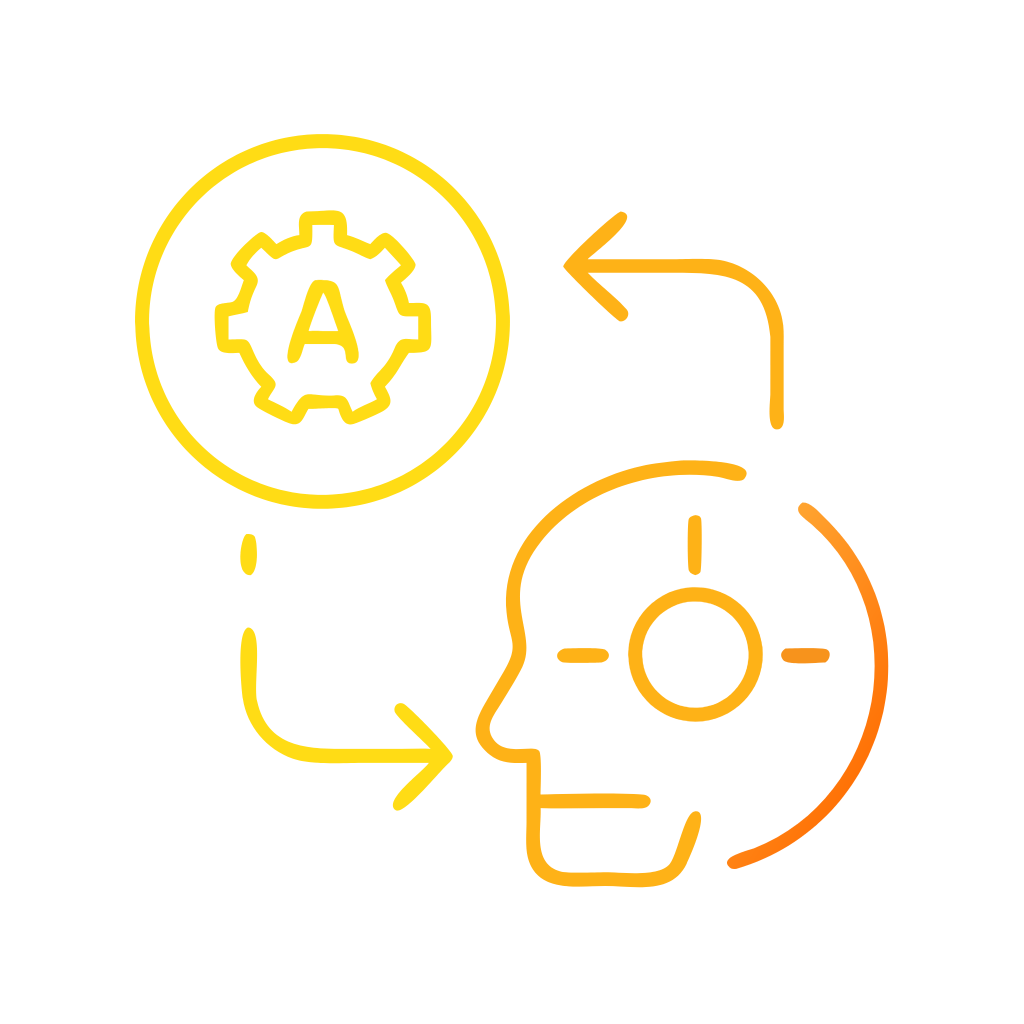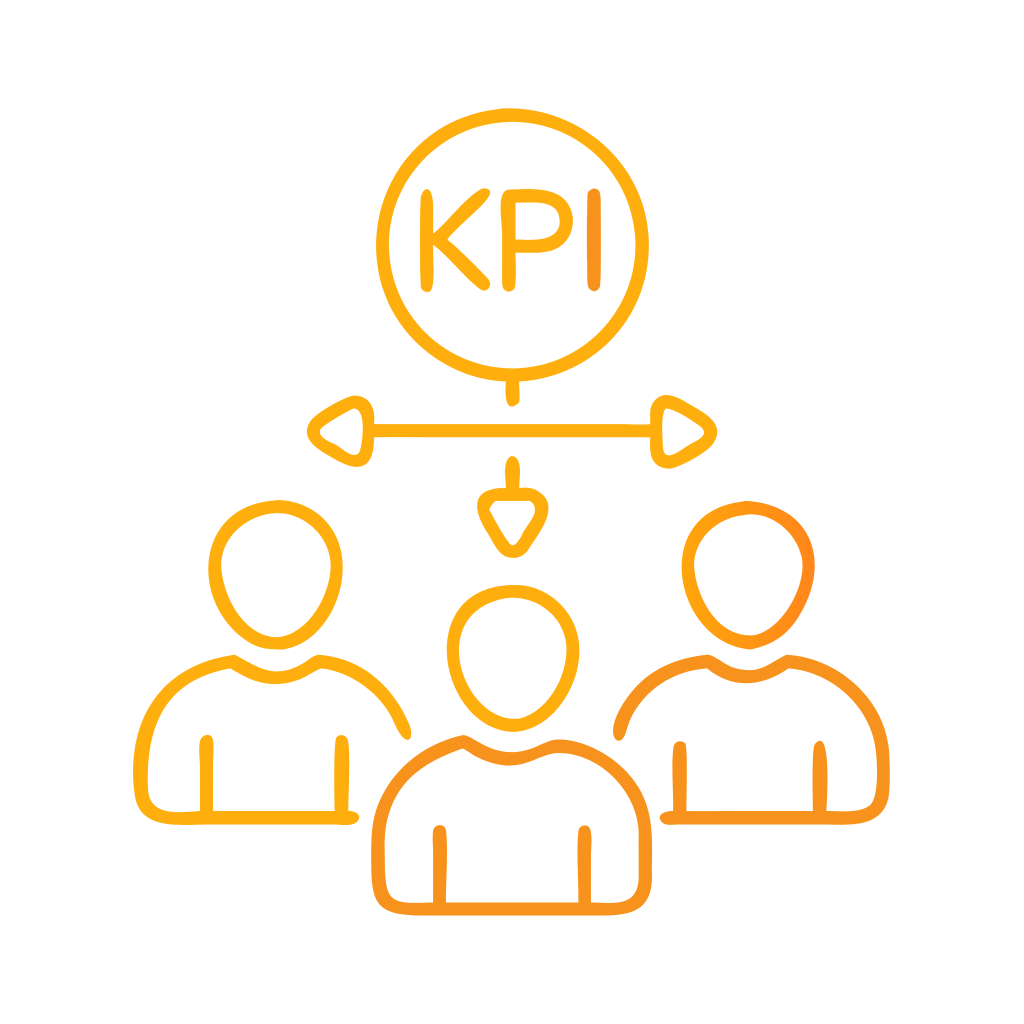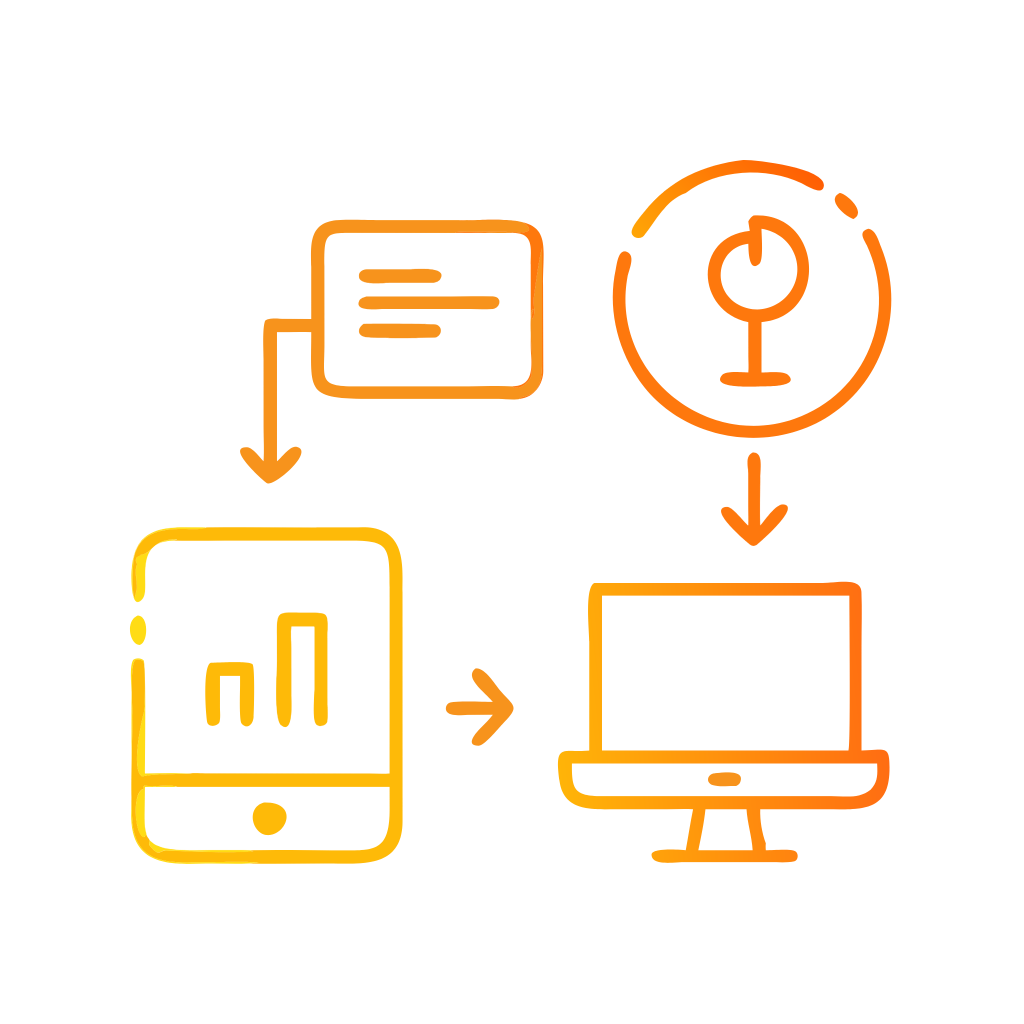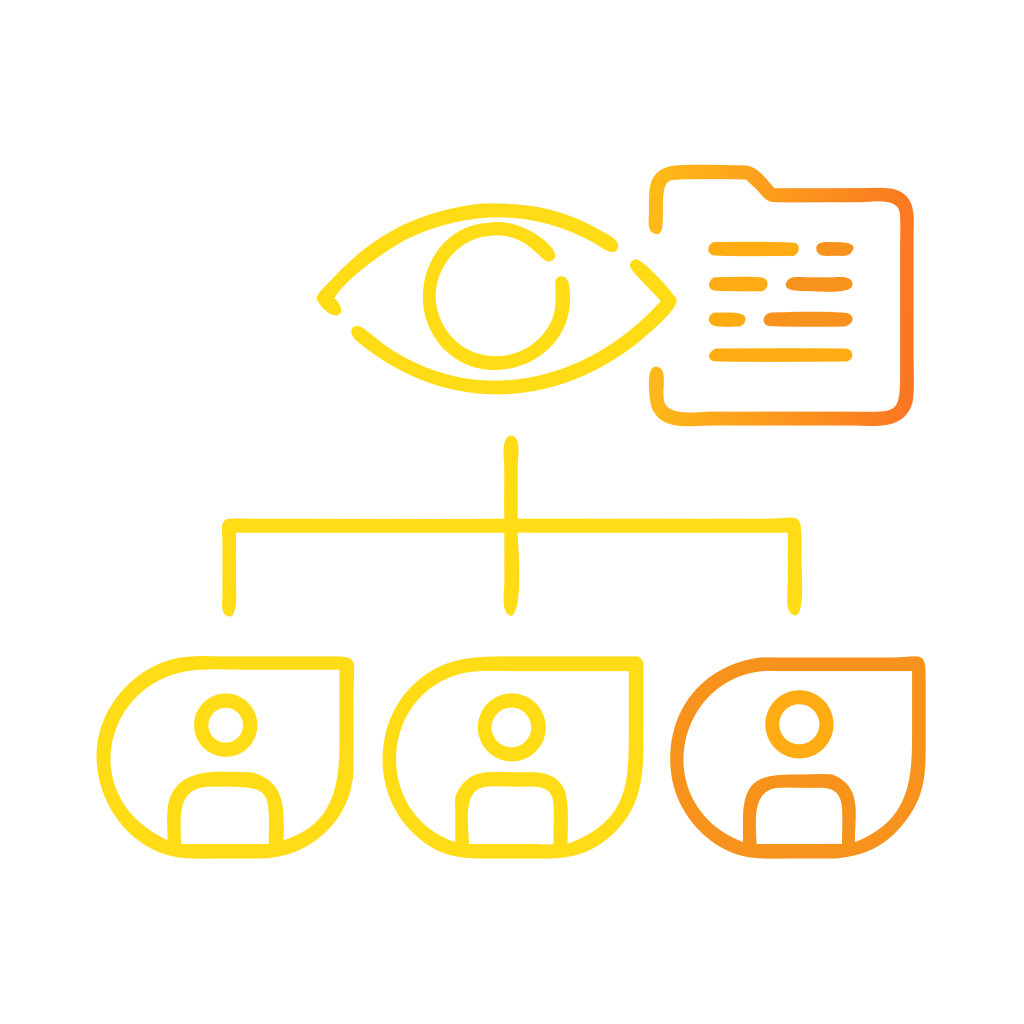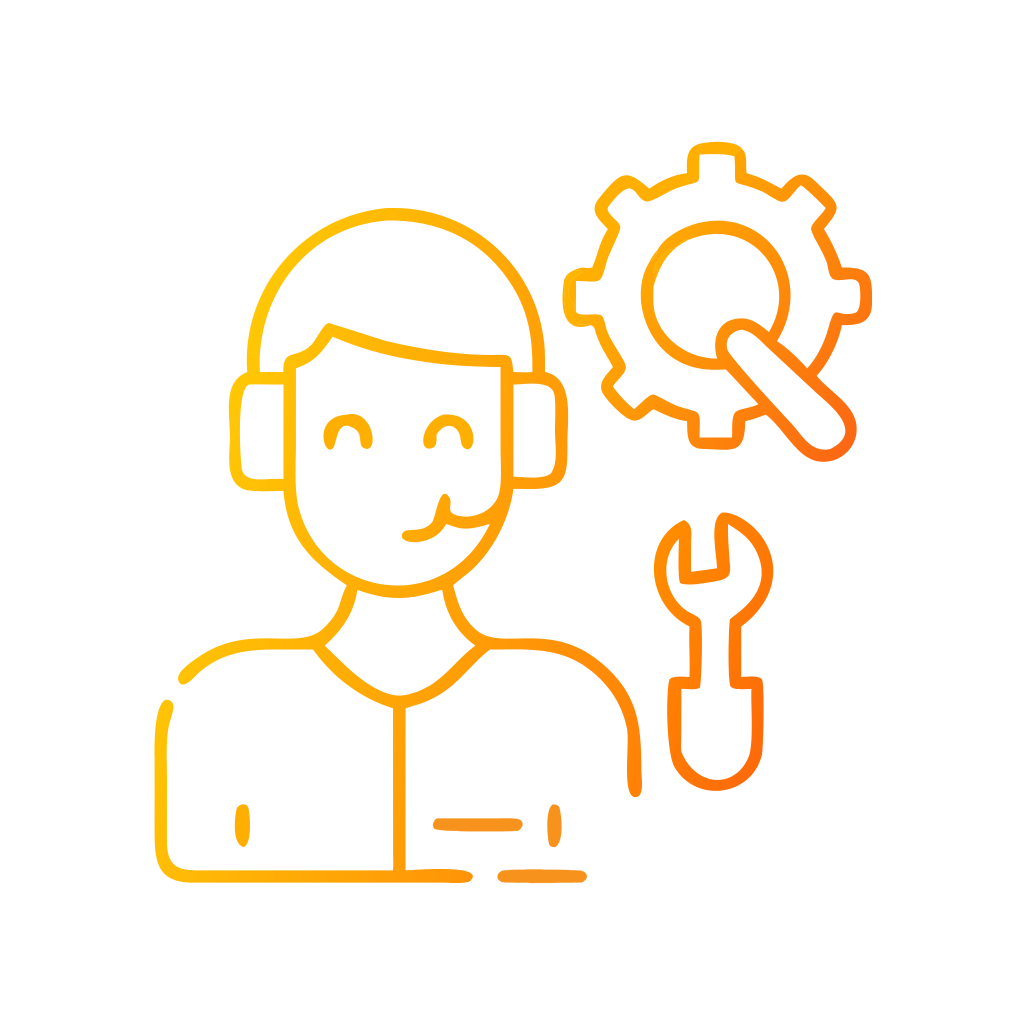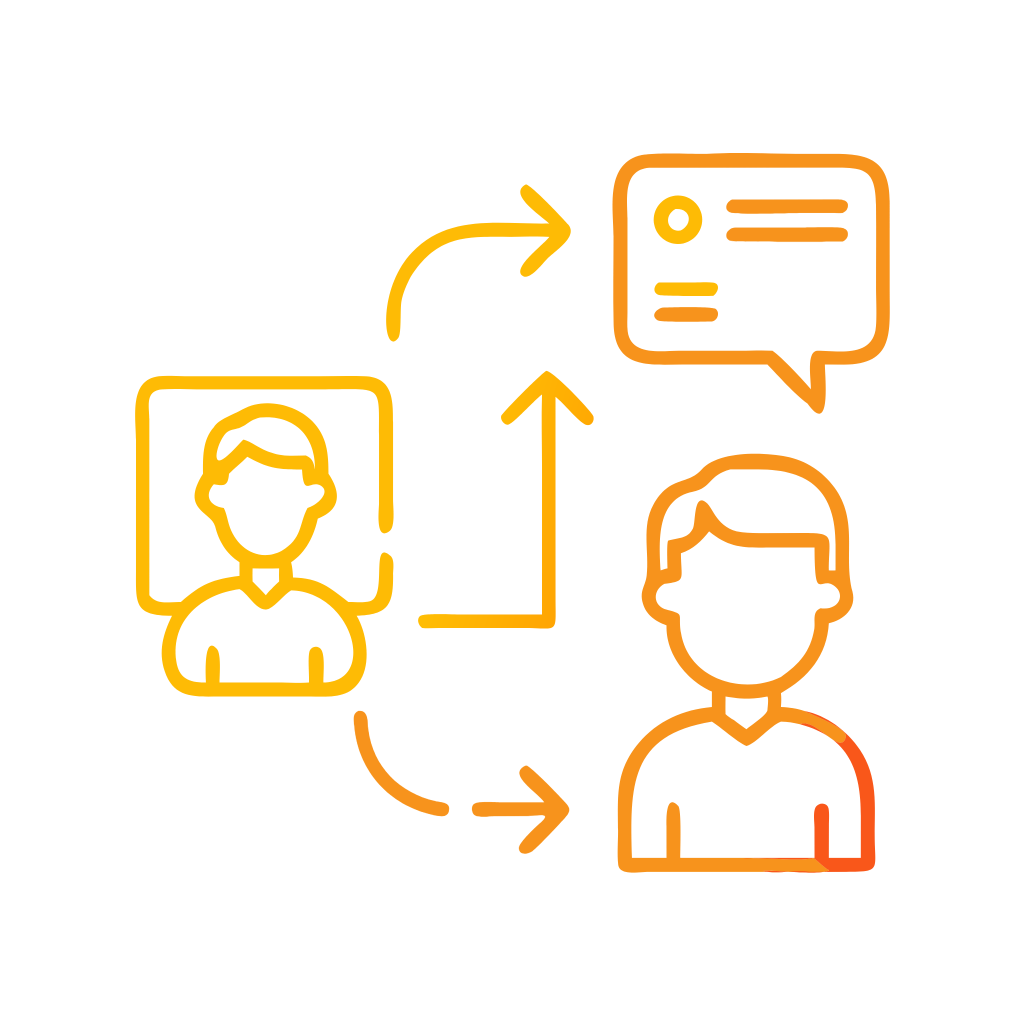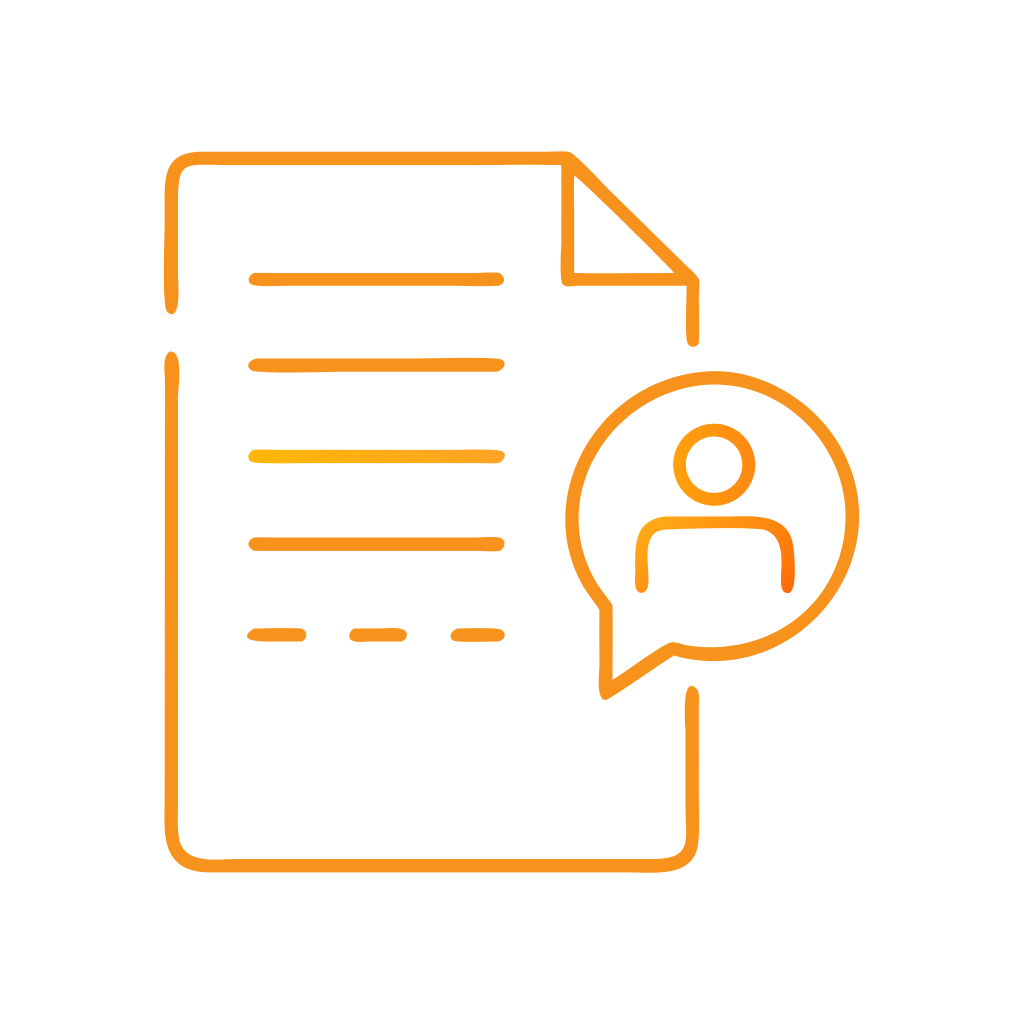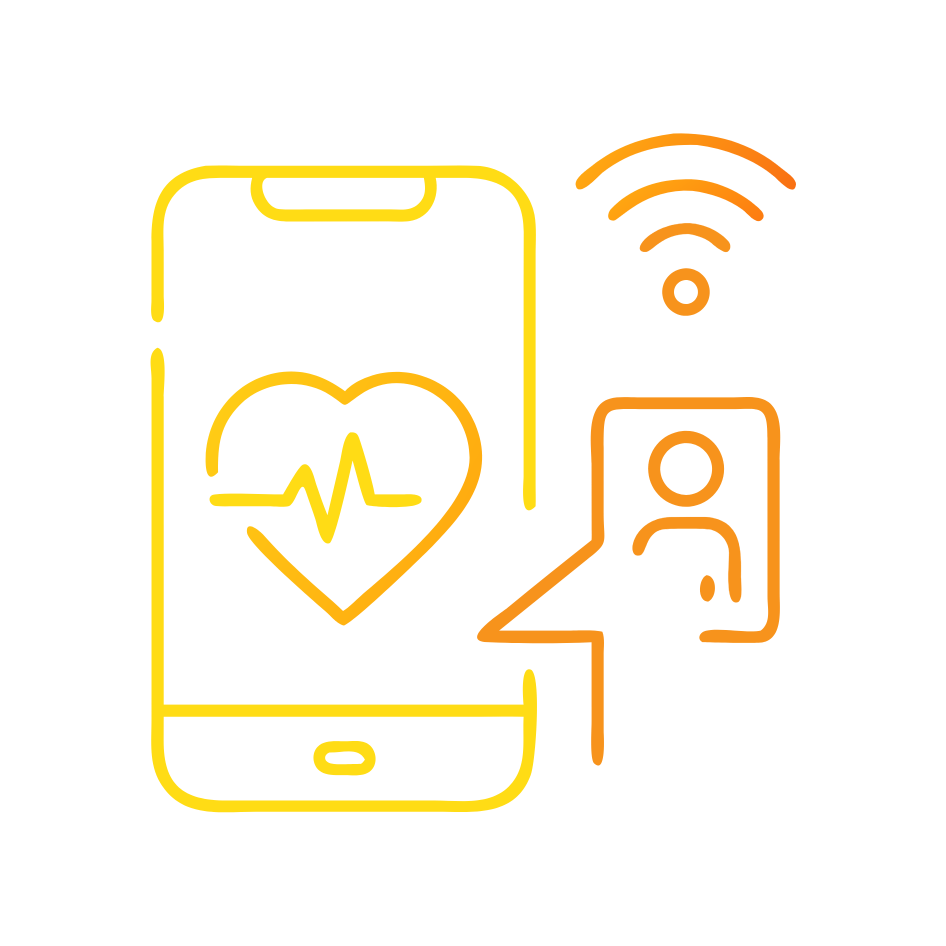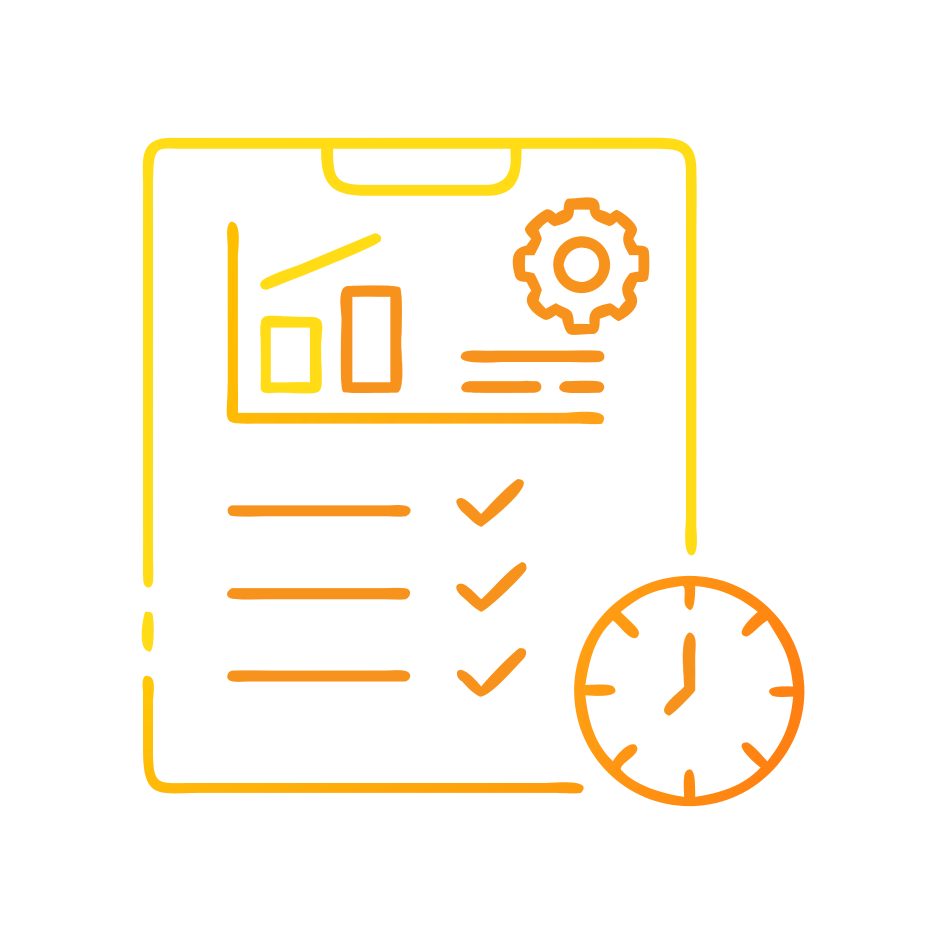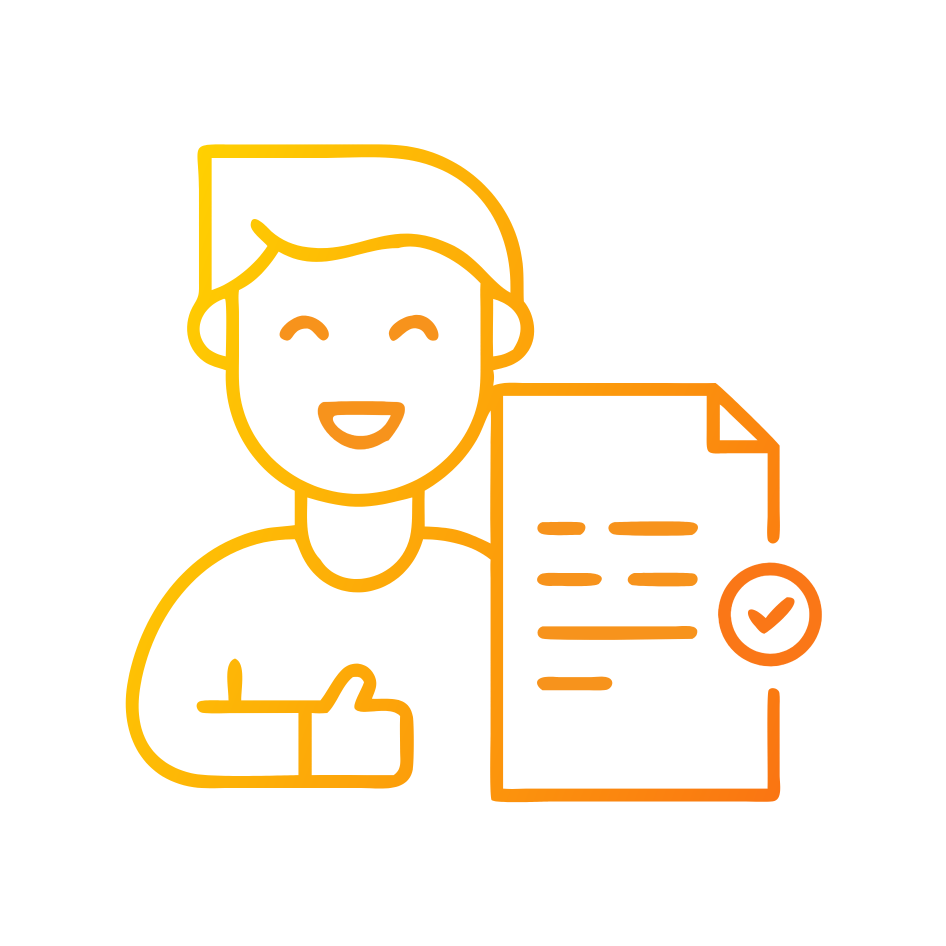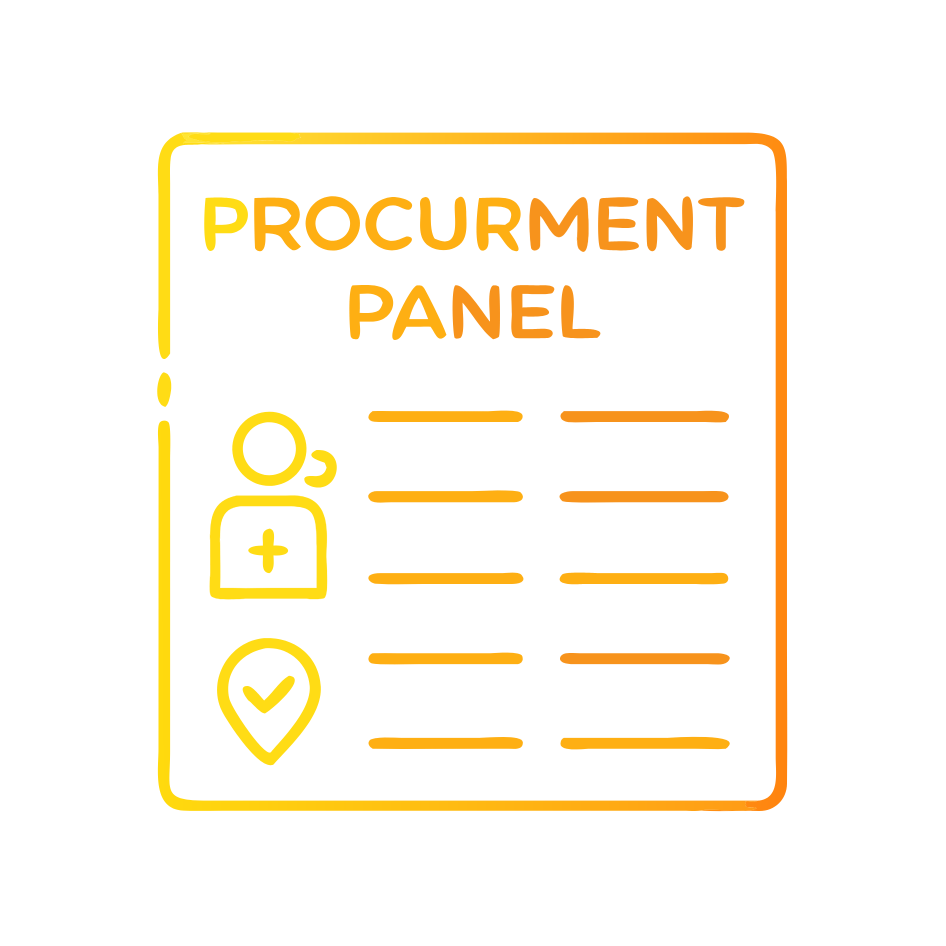Despite their relative youth (in Australia), robots have found confident footing in many business processes. There is an undeniable rush to automate as many workflows and processes as possible in order to reap the benefits of Robotic Process Automation (RPA), and that’s for good reason. RPA can provide businesses with a long list of benefits and while many of those benefits may, at first glance, seem to only impact the efficiency behind the curtain, eliminating repetitive, menial work and providing high-quality intelligence data, there are many other ways that RPA can improve the way customers experience and interact with businesses.
Even the behind-the-scenes benefits of RPA result in improved customer experience. Perhaps the most obvious example is inextricably linked to its ability to reduce menial and repetitive tasks. Deploying a digital workforce to tackle these kinds of tasks frees up (human) employees to dedicate resources towards the ‘front-lines’ of guaranteeing customer satisfaction and allows for significantly more face-to-face time interacting with customers. A digital workforce can assist in this customer facing aspects of business too. In a phone call environment, a robot can pull up and display relevant information for each customer, reducing the number of instances a customer would need to repeat information and providing them with faster responses to queries.
At some point in all of our lives we’ve been frustrated at long wait times while on hold on a phone call or waiting for an application form to be processed, it’s at times like these that RPA can really show its value for customers. Deploying a digital workforce specifically to target pain points like these alone can revolutionise the customers journey. RPA has the ability to greatly speed up processes like these. Take an application form for example. When handling this process manually there are multiple points where the progress is put on hold; waiting for the form to be collected, processed (where there is potential for error), sent to relevant parties, and approved. RPA software can transfer information and send it to relevant parties as it’s being entered, in real-time. Not only does this dramatically reduce waiting times, it reduces the instances where there is potential for error and greatly improves the customer experience by effectively removing those pain points.
By utilising AI technologies alongside RPA you can begin to benefit from Intelligent Automation. With this intelligence a digital workforce can begin to offer personalised services. AI enabled bots can scan requests and connect a customers information in a way that they can decode a customers need, and proactively offer the best action for a customer to next take, and connect that customer to the best relevant channel without the need for human intervention.
When implemented effectively, RPA doesn’t only have the capacity to free up employees and resources for customer facing actions but also takes a significant load off of the customer, reducing their waiting times and providing them accurate, personalised information and services.
If you’re interested in diving deeper into what RPA can bring to your business check out our upcoming event “Get your Digital Workforce Started” where our very own expert, Matthew Green, will sit down with a number of business leaders to discuss their RPA journeys, the lessons they learned, and how to avoid the pitfalls they fell into. If you’re interested in learning more about how to implement a digital workforce, have a look at our recent article “What are the key considerations when implementing Digital Workforce?”.


